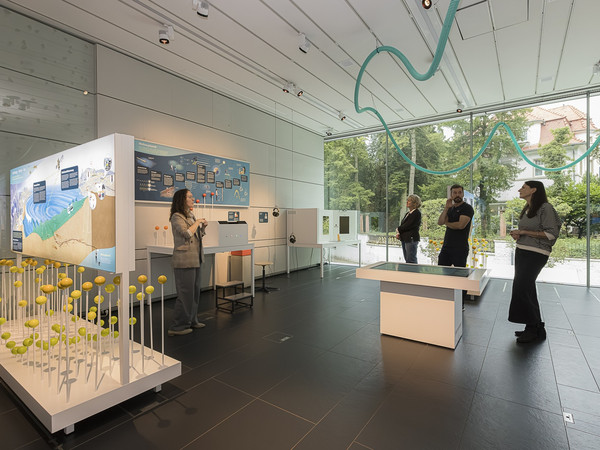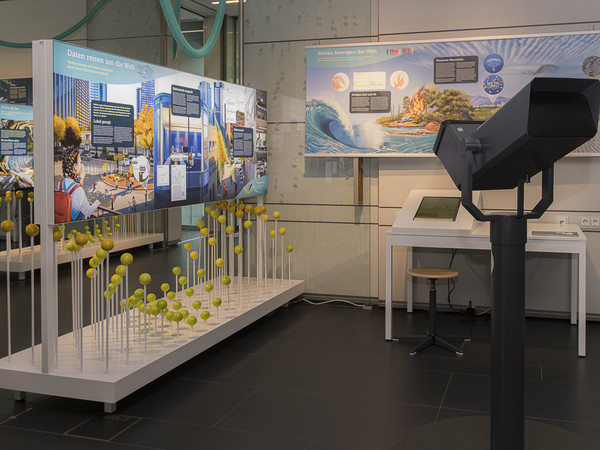Carl Bosch: chemist, Nobel laureate, business leader, astronomy enthusiast ...
Carl Bosch (1874-1940) became famous for the Haber-Bosch process of ammonia synthesis. This development made nitrogen fertilizer a mass product, revolutionizing agriculture. As a result of his professional successes, Carl Bosch quickly rose to become chairman of BASF and later of I.G. Farbenindustrie.
In 1931, he received the highest possible award for his scientific and professional work, the Nobel Prize in Chemistry. As a private citizen, Carl Bosch was also a versatile natural scientist who earned great acclaim for his legendary beetle and butterfly collection, his passion for astronomy, and as a co-founder of the Heidelberg Zoo.


